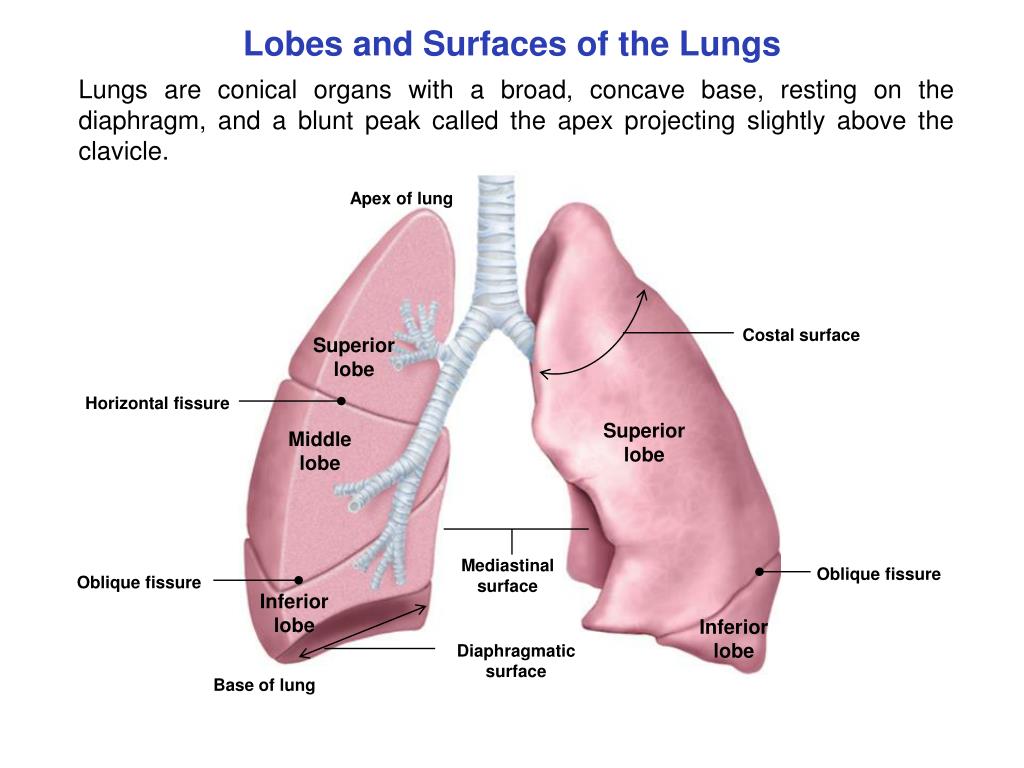

Normal log SDQ is less than 0.6, and the highest log SDQ values seen are about 2 to 2.5. For example, it takes a very large, 60% shunt to increase dead space by 20% but a log-normal pattern of only moderate V ˙ A / Q ˙ inequality (log SDQ = 1.3) does the same. Thus, any gas exchange abnormality has the potential to increase dead space.įourth, V ˙ A / Q ˙ inequality is generally a cause of greater physiological dead space than shunt is (Figure 1) (calculations using algorithms from ). After all, physiological dead space is simply the difference between arterial and mixed expired pCO 2 divided by the arterial pCO 2. While this is not an entirely novel discovery (West performed very similar calculations in 1969 as did Mecikalski and colleagues in 1984), it is well worth having Niklason and colleagues remind us that physiological dead space not only can be caused by the development of regions with a high ventilation/perfusion ratio ( V ˙ A / Q ˙ but also can come from areas of low V ˙ A / Q ˙ and a shunt. They also show that the increase in pCO 2 can be avoided by even modest increases in total alveolar ventilation (although the calculated dead space will remain elevated). This will increase the calculated physiological dead space accordingly (above that normally present due to the volume of air in the conducting airways). In the previous issue of Critical Care, Niklason and colleagues use computer modeling to point out that blood flowing through unventilated regions of the lung (a shunt) will increase arterial partial pressure of carbon dioxide (pCO 2) if ventilation remains constant.


 0 kommentar(er)
0 kommentar(er)
